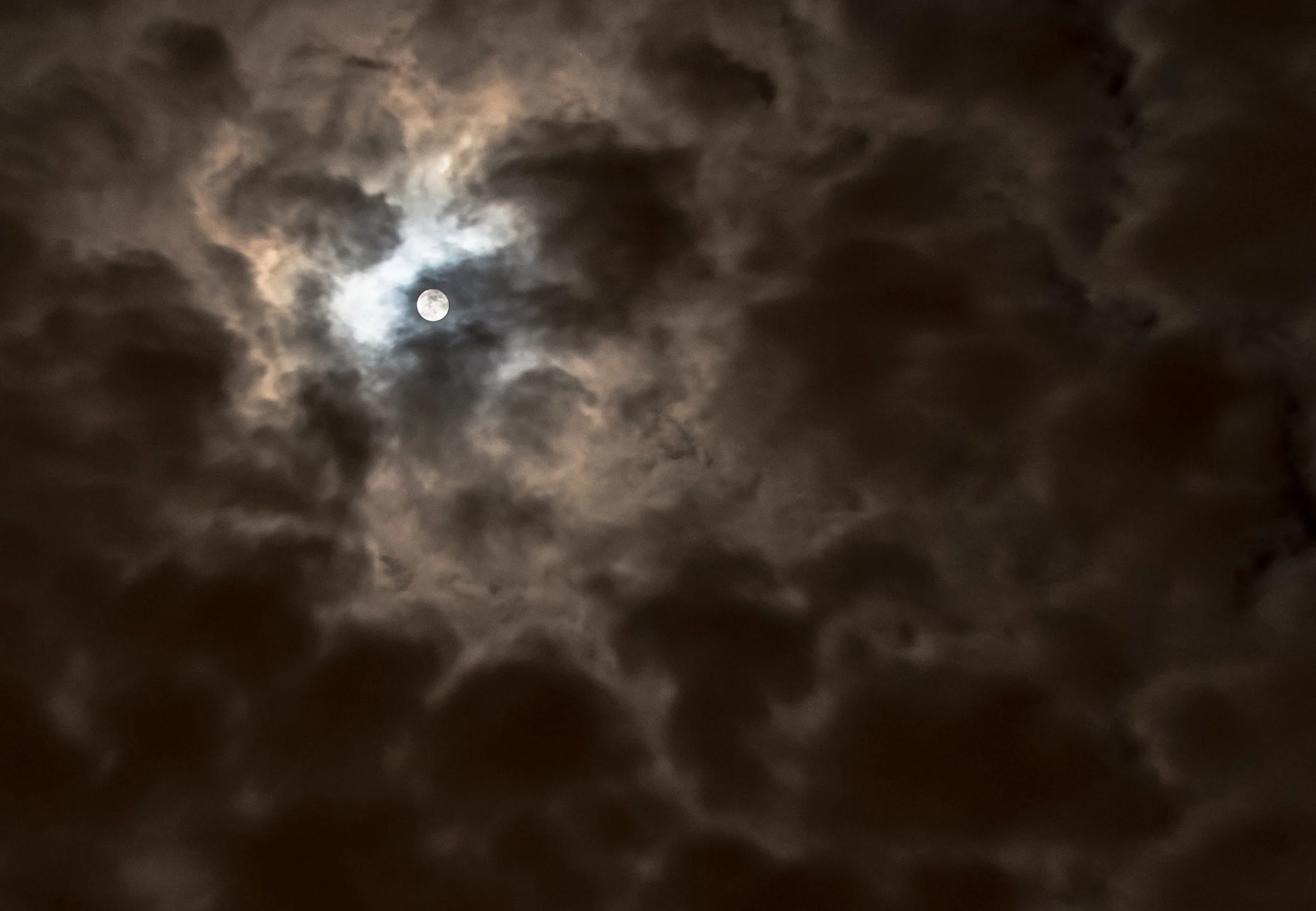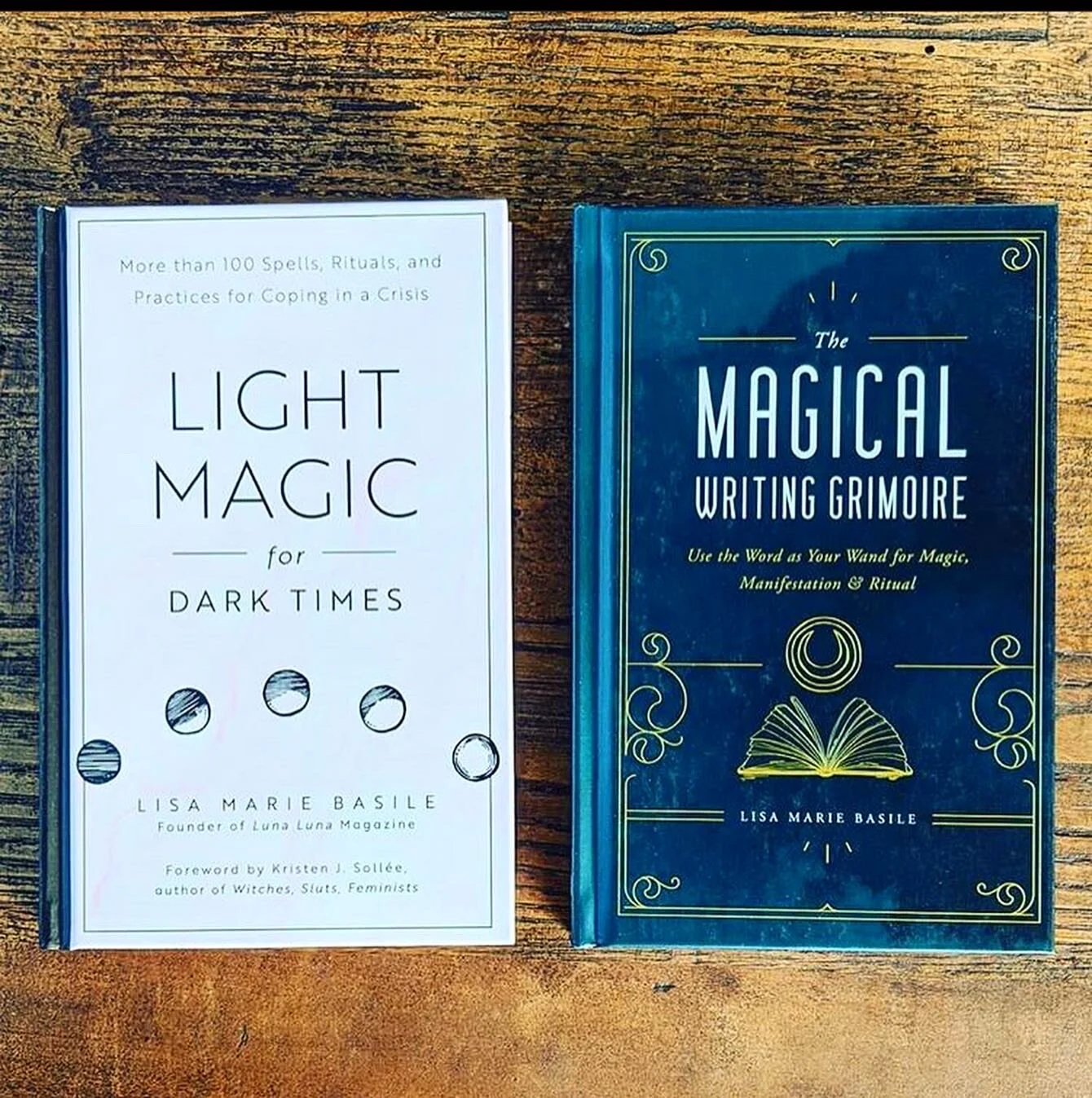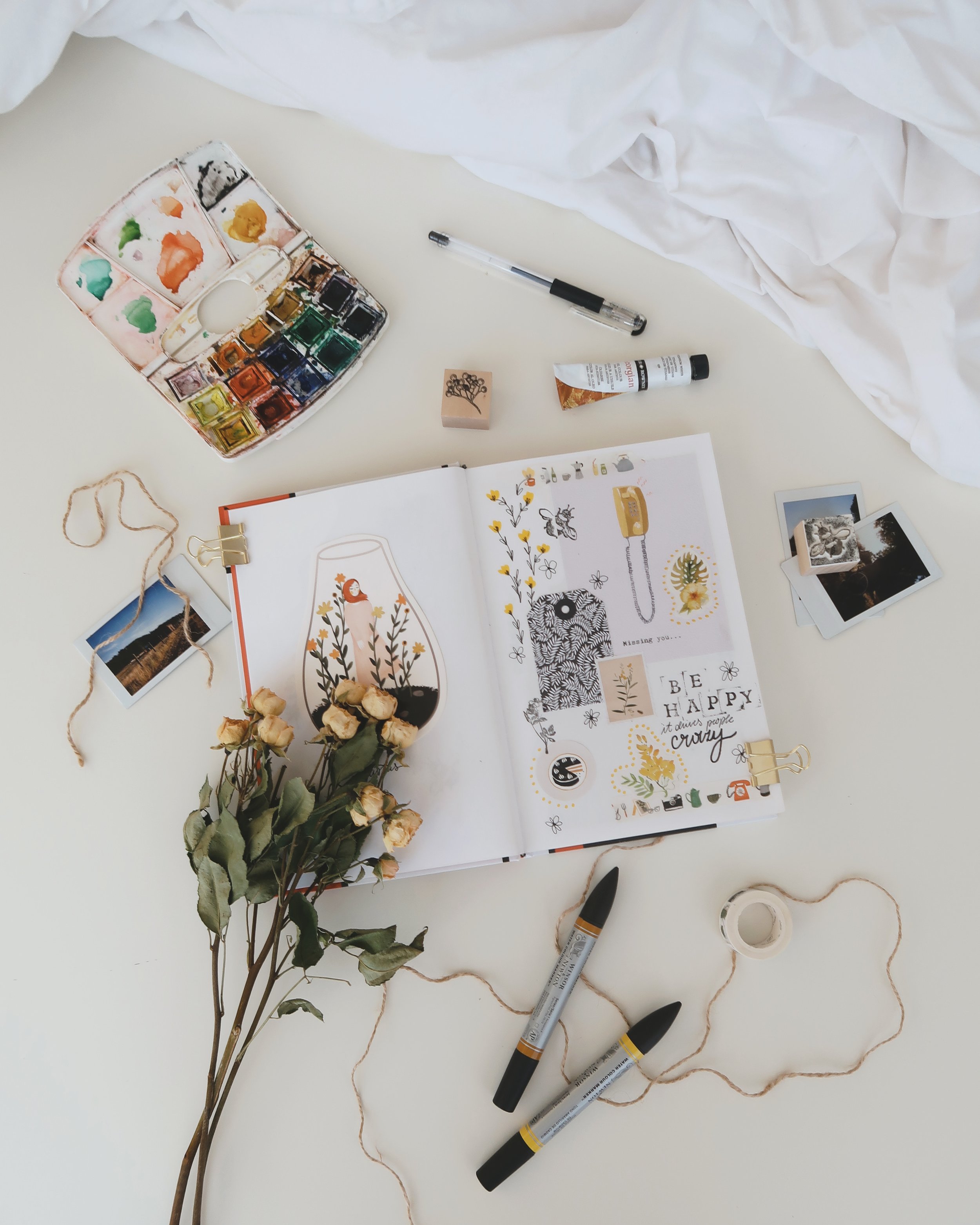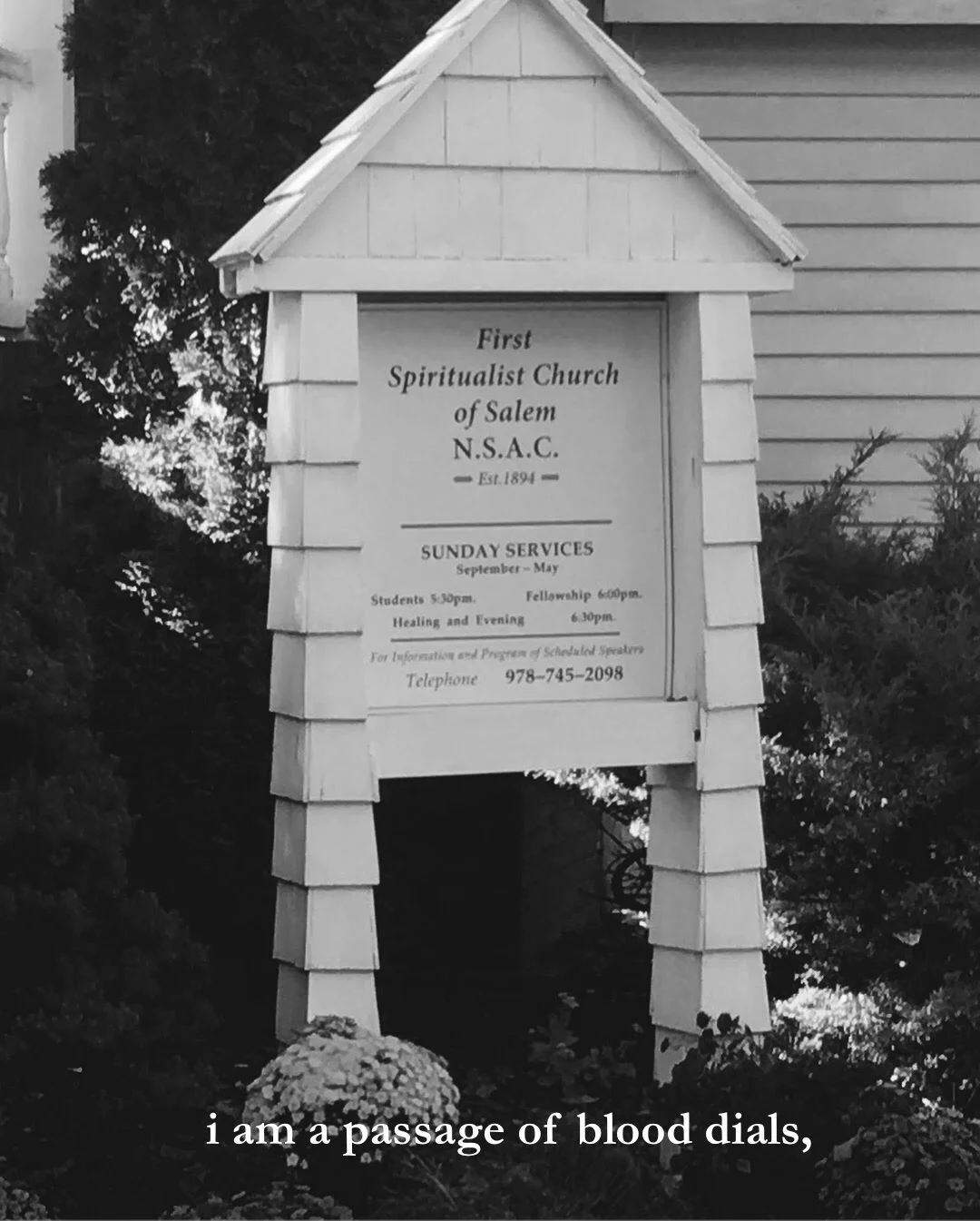BY TRISTA EDWARDS
I am a lover of red wine. The darker the better. I love oaky, smoky, bitter bark flavors. The tantalizing swirl. The sexual way we talk about wine—the body, the legs, that ring of clear liquid that forms near the top of the glass from which droplets continuously form and drip back down in the wine, also know as tears or curtains or church windows.
When asking for recommendations at a restaurant, I have often told the bartender that I want it to taste like I’m licking a tree. Many of you know what I’m talking about. You want to savor of the darkest parts of earth on your tongue. Whether I’m out discussing poetry with friends, at home drunkenly dancing to music in a dimly lit room, or enjoying a divine meal with my love, red wine is my drink of choice. It is sensuous. It makes me feel opulent and sexy vampiress. It warms me over, all over. It invigorates me.
RELATED: Identifying with the Vampire: Theda Bara's Century Old On-Screen Iconoclasm
Beer, though, that’s a different experience. It has taken me a long time to enjoy beer. It mostly took learning more about the brewing and fermentation process from my husband, who has been making his own ales for years, to really come to see drinking beer as just as sensual as drinking wine.
I know many of my witchy sisters many not think of beer, at first, when you head out for the evening. Just as it seems everything else in society faces the harmful categorization of gender, somewhere along the way beer began to signify masculine and wine the feminine. If you want to channel some feminine energy, and you are like me, your first love, your first instinct is to turn to the shadowy glass of red. But witches let me tell you, beer is your drink. It is intensely intertwined with the earth, herbal concoctions, and medicinal healing.
RELATED: How to Make Magickal Sachets with Herbs
Brewing was also almost entirely a woman’s profession and principally performed by women from ancient Mesopotamia to the Middle Ages. After the Black Plague, the industry of brewing underwent numerous and substantial commercial changes making it near impossible for women to engage in commerce in "professional" urban marketplaces where they were often denied participation in trade. However, these early brewers, or alewives, were able to maintain stable and lucrative careers for centuries making, concocting, and selling ale from their homes.
Most beers come from grains and herbs and have a deep connection with the land and seasonal harvests. It is the "lifeblood" of these plants that is released during fermentation to animate the brew with their magical essence. Writer Mikal Aasved phrases this correlation so beautifully in his study on drinking in preindustrial society:
"Just as the life force of an animal is contained in its blood, so are fermented beverages infused with the life force of the plants from which they are made. Those plants that are more important to the survival of [humans], or which have stimulating psychological effect upon [them], are, in tribal and early Western societies, thought to incorporate a particularly powerful force. Thus, throughout the ancient Mediterranean regions, alcoholic beverages “assumed a mythologic and sacred character, being, as it were, the very life essence of the cereal god.” When the spirits of these plants are personified by a patron deity, the beverage then becomes the “blood” or “milk” of that god or goddess which embodies all the life-giving, stimulating, and other supernatural and magical virtues of these most sacred substances."
When I drink beer, it makes me feel heavy with magic. It settles in my gut like a warm star. Like my wine, I like my beer dark with a swirling constellation of tiny bubbles at the surface. I feel like I’m drinking the "blood" of the land. I get dizzy thinking about the deep cauldron of myth from which this ale sprang and the plants that connect me to the gods and goddesses of honey, hibiscus, birch, wheat, and hops. It is sensuous. It is ancestral. It is feminine.
Here are a few witchy favorites (not to mention some beautiful artwork) to explore and imbibe next time you need a good pint.
PHOTO CREDIT: Lancaster Online
1. Jolly Pumpkin’s Baudelaire Biere—A Saison brewed with rose hips, rose petals, and hibiscus.
PHOTO CREDIT: The Brü
2. Jester King’s Wytchmaker—An American Farmhouse IPA with earthy rye and piny hop flavor.
PHOTO CREDIT: Carpe Diem
3. Orpheus’ Maenads Tripel—Made with wild yeast tamed in the brewery this beer has spicy and fruity characters.
PHOTO CREDIT: Everyday Glass
4. Uinta Brewing Company’s Sea Legs—A Baltic Porter with flavors of roasted malt and chocolate and aged in a bourbon barrel for twelve months with toasted vanilla.
Trista Edwards is a poet, land mermaid, light witch, horror enthusiast, creatrix, traveler, feminist, and dog lover. She is also the curator and editor of the anthology, Till The Tide: An Anthology of Mermaid Poetry (Sundress Publications, 2015). She is currently working on her first full-length poetry collection but until then you can read her poems at The Journal, Mid-American Review, 32 Poems, Birmingham Poetry Review, The Boiler Journal, Sou’wester, Queen Mob's Tea House, and more. She writes about travel, ghosts, and poetry on her blog, Marvel + Moon. Trista is a contributing editor at Luna Luna Magazine.



































